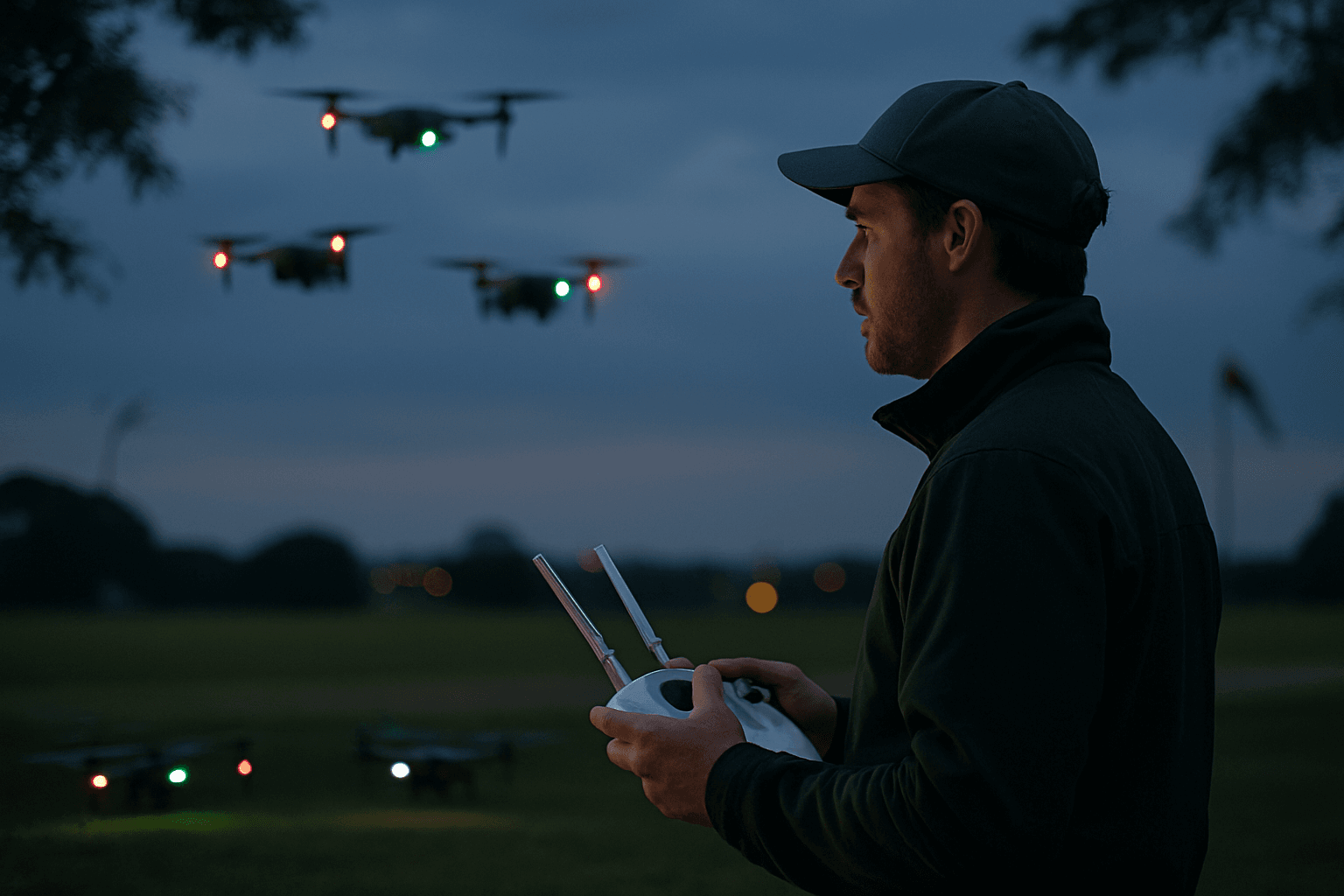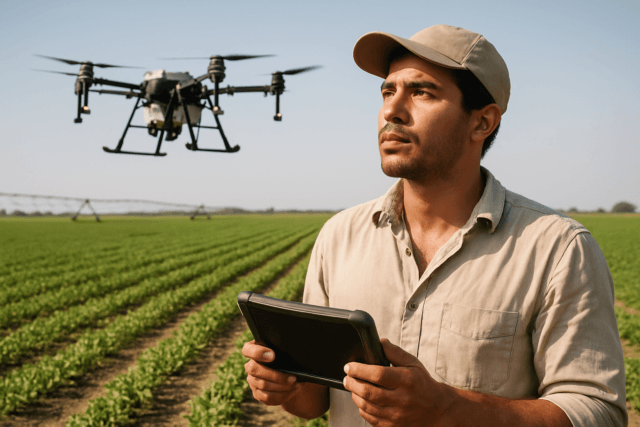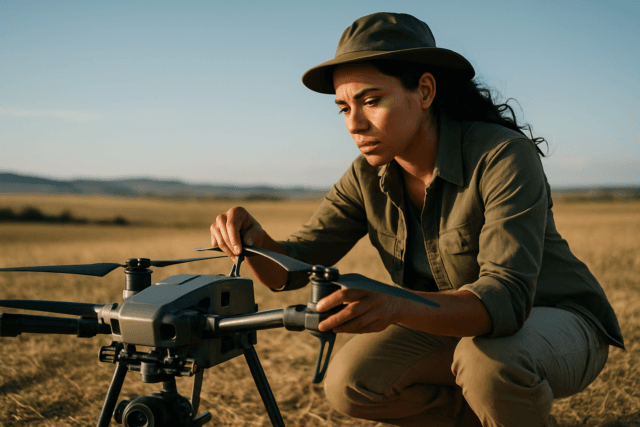Drone light shows have revolutionized public entertainment, transforming the night sky into a dynamic canvas of synchronized aerial artistry. However, the delicate precision required for these intricate displays is profoundly susceptible to environmental factors, none more critical than wind speed. The stability of individual drones and the integrity of the collective formation are directly challenged by aerodynamic forces, necessitating advanced technology and rigorous operational protocols.
Fundamental Principles of Wind’s Influence on Drones
Wind, a fluid medium, exerts forces on any object within its flow, and drones are no exception. For multi-rotor drones used in light shows, these forces can significantly compromise stable flight. The primary aerodynamic forces at play are lift, thrust, drag, and weight. Wind directly alters these, particularly through sustained force and sudden gusts.
Sustained Wind vs. Wind Gusts
Sustained wind refers to a continuous, relatively constant airflow. Drones must constantly combat this force to maintain their position and trajectory, requiring their motors to work harder. This continuous effort leads to increased power consumption and reduced flight time.
Wind gusts, on the other hand, are sudden, transient increases in wind speed or rapid shifts in direction. These unpredictable bursts demand immediate and intensive responses from the drone’s motors and control system to prevent being pushed off course, losing balance, or even crashing. The rapid changes in force can be particularly destabilizing for maintaining precise formations.
Aerodynamic and Structural Considerations
Small, lightweight drones, commonly used in large numbers for light shows, are inherently more vulnerable to wind disturbances. Their lower thrust-to-weight ratio and limited power make them susceptible to being pushed or destabilized by even moderate winds. In contrast, heavier drones generally exhibit superior wind resistance due to their increased inertia, which helps them maintain stability against strong gusts. The overall aerodynamic design, including smooth surfaces and contoured shapes, can also streamline airflow, reducing drag and enhancing stability.
Specific Challenges for Drone Light Shows
The unique nature of drone light shows amplifies the impact of wind, posing distinct challenges beyond general drone operation.
Maintaining Precision and Choreography
The essence of a drone light show lies in the precise synchronization and formation of numerous drones to create intricate shapes and animations. High wind speeds can severely affect this precision, causing drones to drift from their programmed flight paths. This deviation can lead to disrupted choreography, visual incoherence, and, critically, an increased risk of mid-air collisions. Even minor inaccuracies in position can cascade into significant visual degradation when hundreds or thousands of drones are involved.
Reduced Show Duration
As drones battle wind, their motors draw significantly more power from their batteries. This increased workload directly translates to a reduced flight duration. A show designed for 15 minutes in calm conditions might be cut short to 8-10 minutes if strong winds are present, impacting the overall artistic experience and the event’s schedule.
Safety Implications
Safety is paramount in drone light shows. Wind can compromise safety in several ways:
- Loss of Control: Strong, unanticipated gusts can make drones difficult to control, potentially causing them to stray outside designated flight zones.
- Component Damage: Extreme turbulence or hard landings caused by wind can lead to physical damage to drone components.
- Visibility Issues: While not a stability issue, strong winds can carry dust or even light precipitation, which can obscure the drones and the visual display for both operators and spectators.
Mitigating Wind’s Impact on Entertainment Drones
Specialized entertainment drones and sophisticated operational strategies are employed to counteract the adverse effects of wind, ensuring the stability and success of light shows.
Advanced Drone Design and Hardware
Modern entertainment drones are engineered with specific features to enhance wind resistance:
- Robust Construction: Outdoor drones feature more robust frames and propellers designed to withstand varying wind conditions and gusts.
- Powerful Motors and Propellers: High-performance motors are crucial for generating the necessary thrust to actively counteract wind forces, allowing the drone to maintain control and stability. Larger propellers can also harness more air for lift and thrust.
- Optimized Aerodynamics: Designs that minimize frontal area and incorporate smooth, contoured surfaces reduce drag, allowing drones to cut through the wind more efficiently.
Sophisticated Flight Control Systems
The brain of the drone, its flight control system, plays a vital role in real-time wind compensation:
- GPS Stabilization: Modern drones utilize Global Positioning System (GPS) technology to maintain their position. In GPS mode, the drone automatically compensates for wind drift, making continuous minor adjustments to hover steadily or follow a precise path without losing position.
- Inertial Measurement Units (IMUs): Integrated sensors like accelerometers and gyroscopes provide real-time data on the drone’s orientation and movement. The flight controller processes this data to instantly adjust motor output and maintain balance against sudden environmental disturbances like wind gusts.
- Adaptive Algorithms: Advanced algorithms can estimate wind profiles and aerodynamic drag components using existing motion sensors. These algorithms enable the drone’s navigation and control systems to adapt to changing dynamics, improving resilience to wind disturbances. Some systems even incorporate deep reinforcement learning (DRL) strategies to further enhance trajectory tracking performance in windy conditions.
Operational Best Practices
Beyond hardware and software, careful operational planning and execution are essential:
- Pre-Flight Weather Analysis: Before any show, comprehensive weather forecasts are meticulously checked to determine wind speed, direction, and potential gusts. Operators adhere strictly to manufacturer-specified wind limits and their own operational safety thresholds.
- Wind Speed Thresholds: Drone light show companies typically have strict wind speed limits for operation. While variations exist between drone models and companies, many define light rain and wind speeds up to 30 km/h (approximately 18.6 mph) as acceptable conditions. Some state that winds above 36 km/h (22.4 mph) represent a major hazard. Professional-grade entertainment drones are designed to handle higher limits, with some capable of operating safely in winds up to 45 km/h (28 mph) or even 50 km/h (31 mph).
- Optimized Flight Techniques: In windy conditions, pilots may employ strategies such as facing the drone directly into the wind during takeoff and landing, or tilting it slightly forward during flight to reduce lateral drift and maintain better control.
- Altitude Management: Wind speeds generally increase with altitude. Flying at lower altitudes can help mitigate the wind’s impact, as air closer to the ground tends to be calmer.
- Smooth Control Inputs: Avoiding sudden, jerky movements helps the drone’s stabilization systems cope more effectively with wind forces, preventing loss of balance.
- Constant Battery Monitoring: Due to increased power consumption, operators closely monitor battery levels to ensure drones have sufficient charge for safe return and to avoid unexpected show interruptions.
Conclusion
Wind speed is an undeniable and significant factor influencing drone flight stability for light shows. Its impact ranges from subtle positional drift to complete loss of control, directly affecting the precision, duration, and safety of aerial displays. However, through continuous advancements in drone technology—including robust designs, powerful motors, and sophisticated flight control systems—coupled with stringent pre-flight checks and adaptive operational strategies, the entertainment drone industry effectively navigates this aerodynamic challenge. The harmonious integration of cutting-edge engineering and meticulous planning ensures that drone light shows continue to captivate audiences with breathtaking, stable, and safe aerial performances, even when facing the elements.





